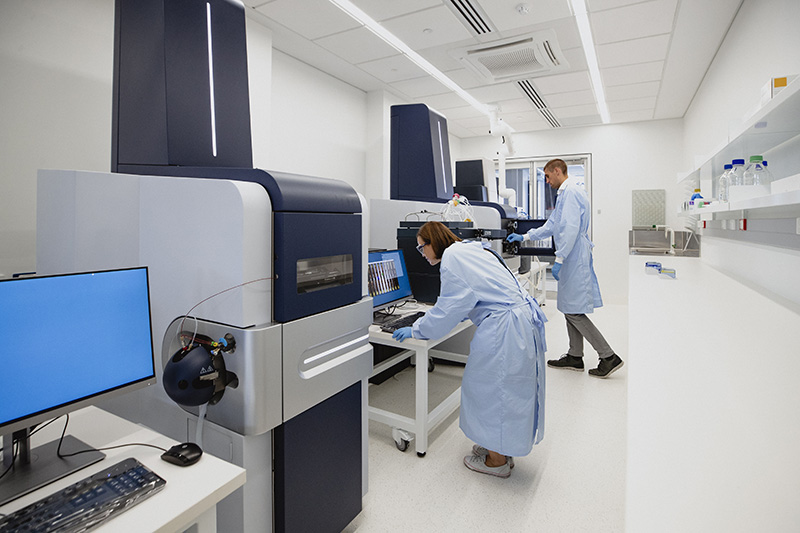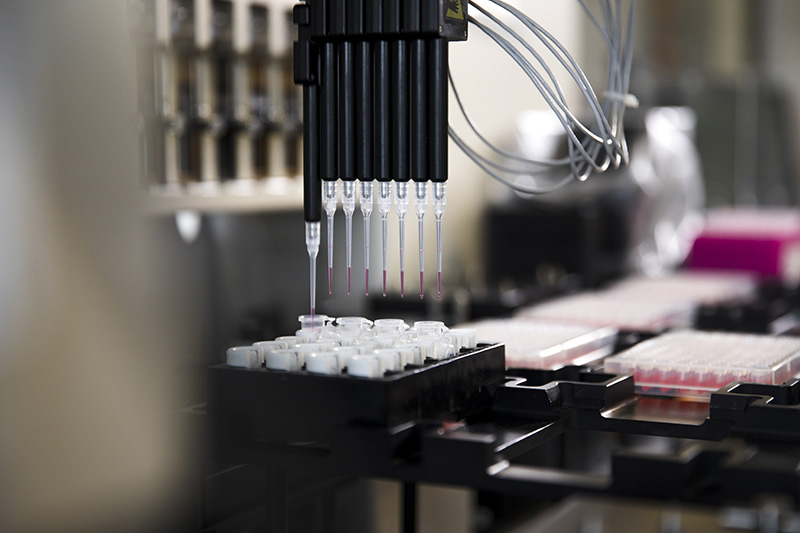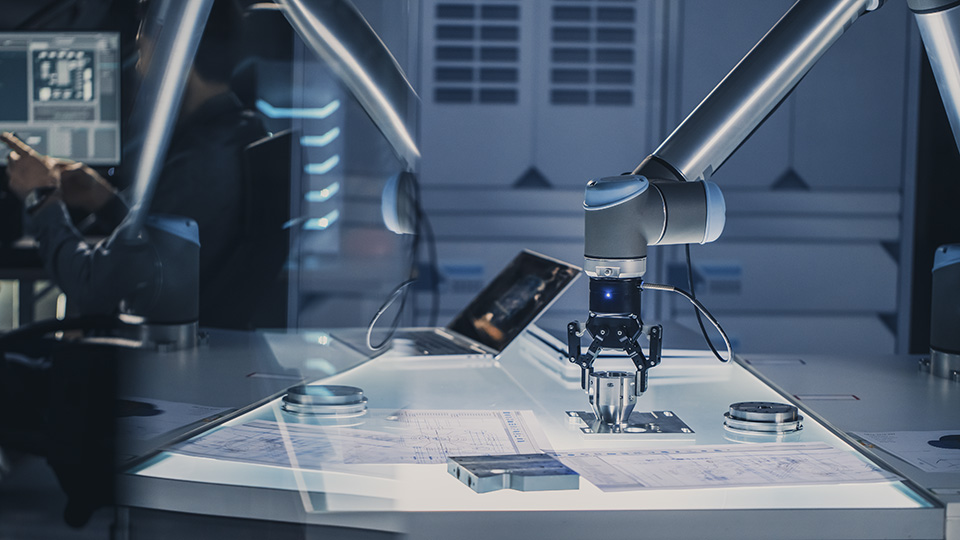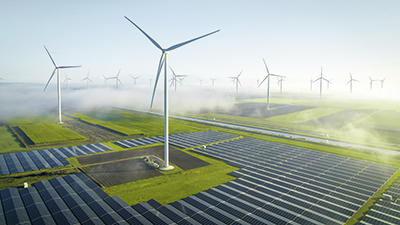
Taking a deep breath in the Middle Kingdom
Air quality in Chinese metropolitan areas – a challenge for modern facility management.

Infectious diseases not only threaten health, but global society. This has been demonstrated by the COVID-19 pandemic, which can lead to fatal lung damage. The same applies to mycobacteria, the tuberculosis pathogen. Research on them is the focus of the Nationale Referenzzentrum (NRZ) for mycobacteria in Borstel. The experts from M&P responsible for the new construction were focused on two areas: efficient functionality and high safety standards in building automation.

With around 1.4 million victims a year, tuberculosis is still one of the deadliest infectious diseases in the world. The NRZ is involved in the coordination of measures to combat and monitor tuberculosis. In addition, the Leibniz Association research facility serves as a supranational reference centre on behalf of the World Health Organization (WHO). The new laboratory building is primarily used for tuberculosis diagnosis, but also for its further development and evaluation. Our interdisciplinary approach comprising engineering, energy and consulting expertise is once again the basis for success in this technically demanding project:
This turns a complex, heterogeneous system into a homogeneous, flexible and, above all, sustainable process workflow.

Research into diagnostics, epidemiology, antibiotic resistance and new active ingredients is subject to high safety requirements, which must be taken into account in the automation of the state-of-the-art laboratory building in Borstel. The particular complexity of the project was considered in a digital building information modelling (BIM) model as early as the planning phase. This allowed simulation of functions and scenarios and made it possible for the user to digitally experience the building functions by means of virtual reality.
The information generated during operation can be integrated into comprehensive computer-aided facility management (CAFM) or used as a database for multidimensional BIM applications. In this way, the full potential of digital building automation can be exploited even under demanding conditions – for example in relatively small spaces and in accordance with high safety requirements, as in the case of the new NRZ at the Borstel research centre.

Building automation is at the heart of the concept and ensures optimum functionality as the ‘brain’ of the building. It is used to regulate, monitor and, if necessary, control the operational systems; users and operators are constantly provided with online information on the condition of the building. All systems and controllers essential for operation are redundant, ensuring operation and safety at all times. Furthermore, data is collected that enables optimised commissioning and recurrent testing of building operation. Here, too, manufacturer-independent interface communication ensures compatibility with systems for further processing.
In addition to the necessary safety, the control centre also guarantees optimum energy efficiency for the building. In this context, the fans are controlled according to demand by evaluating filter statuses and degrees of opening of volumetric flow controllers. At off-peak times, the aim is to reduce volume flows in the rooms.
Innovative engineering, system integration and digitisation – that is how we create added value for our clients: greater safety, greater efficiency, greater comfort.

Air quality in Chinese metropolitan areas – a challenge for modern facility management.

Saving resources and fossil fuels is a win-win situation thanks to M&P.

Intelligent, effective and sustainable solutions are crucial for the future of modern metropolises.